I’m not really sure if I can say that 2018 has been an exceptional year for film, but I can’t say it was a terrible one. Still, for whatever reason, I watched an exceptional amount of bullshit this year. As a result, I’m starting off my bottom 10 with a series of honorable mentions that didn’t make the list.
The films I’ve touched on elsewhere will be underlined, linked to their reviews.
Honorable mentions:
Solo: A Star Wars Story
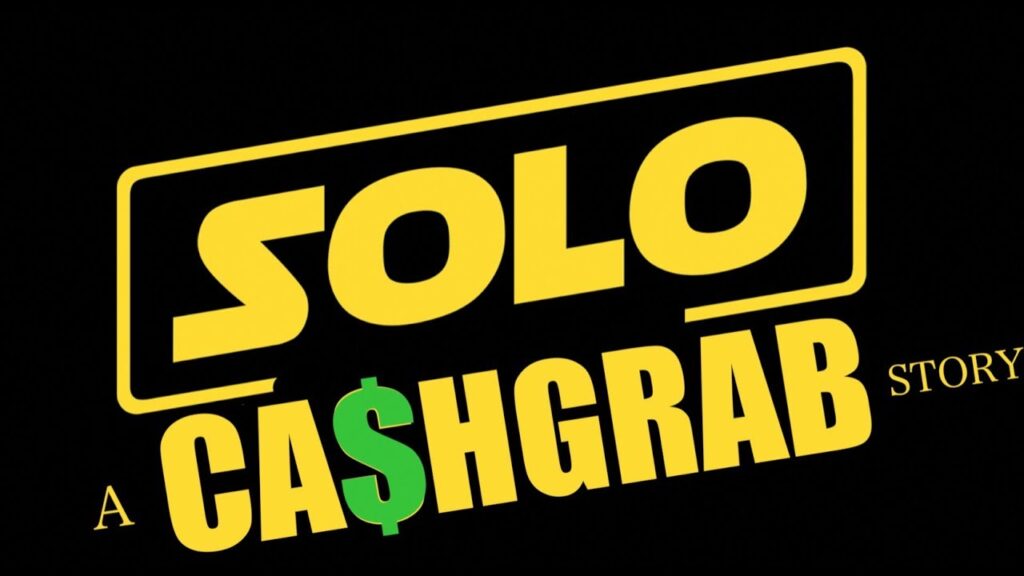
I never thought a Star Wars film could ever again invoke the same kind of hate I feel for Episodes I & II, but Solo managed to surprise me. It’s just so drab and uninspired. Congratulations on finding a way to make Han Solo boring.
Await Further Instructions

It seems The Purge is the franchise to knock off these days. Who knew that boring home invasion thriller would have the same cultural impact as Paranormal Activity? Await Further Instructions is The Purge’s techno-phobic grandchild, and it’s just as uneventful, and just as pretentious.
The Dinner
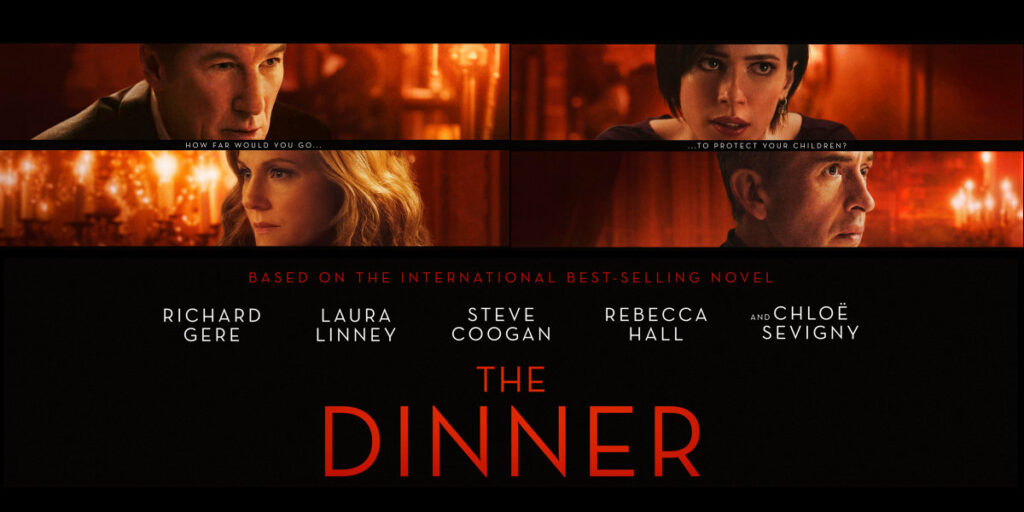
In 2011, Roman Polanski released an adaptation of the play God of Carnage. In 2018, Oren Moverman (I sincerely hope that’s not his given name) basically did the same thing. Unfortunately, his script included a series of asinine twists and terrible dialog, making the film unwatchably bad.
Fahrenheit 451
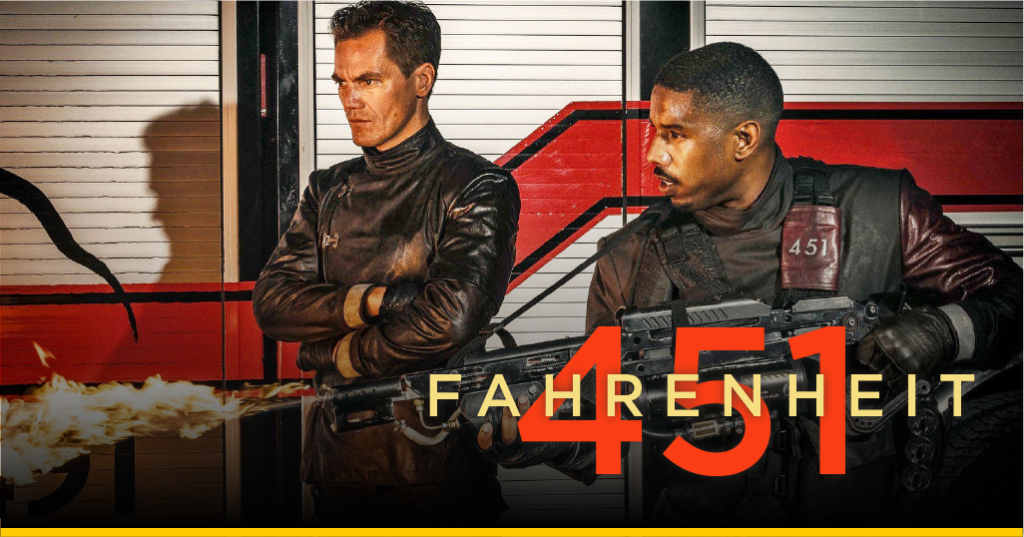
I considered doing a full-length review on this one, but it’s not even worth that. Michael B. Jordan’s version of the classic novel makes me wonder if there isn’t something to this book-burning business. The biggest problem is that this isn’t just an adaptation of a single book – there are pieces of 1984 to be found here, as well as Brave New World, Anthem, and probably any other dystopian novel you can think of. Give this one a hard pass.
God’s Not Dead 3: A Light in Darkness

While this may be the first year in a very long time that there are no Christian films in my bottom ten, that doesn’t mean God’s Not Dead 3’s notable stupidity isn’t worth mentioning. It’s definitely the best in the trilogy, and it does just a little backpedaling in regard to its predecessor’s hateful spirit, but ultimately, it misses the point entirely. It’s not bad enough to land in my bottom ten, but dammit it’s bad.
Winchester
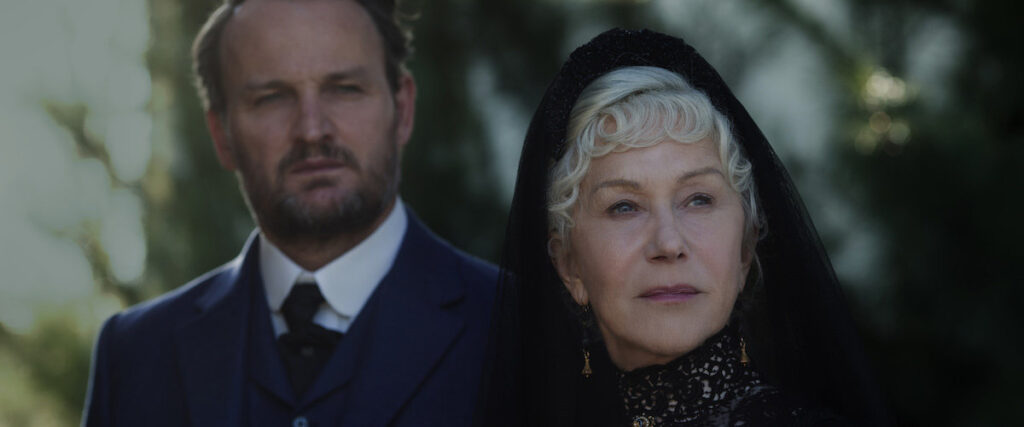
About a week ago, this was just barely pushed off the list by my number ten entry. The Winchester House has such a fascinating history, and it would be fantastic if someone made a competent film about it. This isn’t that film. It’s egregiously tedious, but the saddest part is the potential it had. Seriously though, how hard do you have to try to fuck up a movie about one of the most notorious houses in American history?
The List Proper:
10) The Happytime Murders
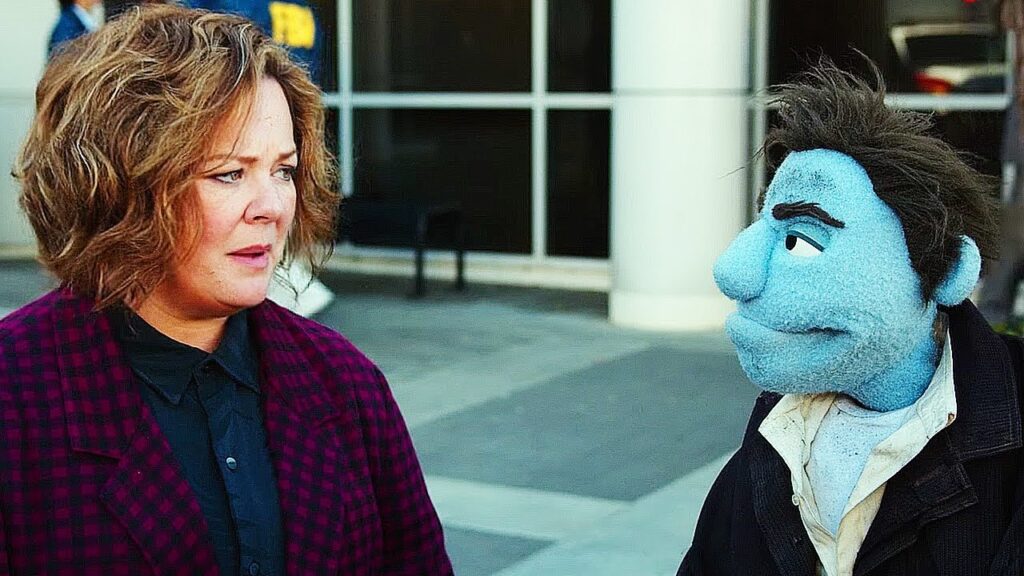
Melissa McCarthy will haunt me forever. Perhaps this year’s Can You Forgive Me? will redeem her, but I doubt that very seriously. This is yet another inept comedy aimed directly at McCarthyists of the millennial kind, but it involves a different kind of puppet.
Brian Henson directed this turd. The only directorial effort of his that I have any respect for is A Muppet Christmas Carol, which is my favorite adaptation of A Christmas Carol. That film was supported by a great script, good songs, and a competent cast, but The Happytime Murders doesn’t have that luxury. This is a true Henson production, where the focus is entirely on puppetry. I’m sure that the technical side of the film will impress those who appreciate the art more than I do.
I just can’t shake the feeling that I’m watching an inferior version of Peter Jackson’s Meet The Feebles, a film that went far further off the surreal deep end than The Happytime Murders is willing to go. Its extremity stops at spraying puppet semen everywhere, and we see that in the trailer, so it’s not much of a surprise. It’s an unremarkable movie overall.
The Happytime Murders: doomed to a Wal-Mart $5 bin near you.
9) Slender Man
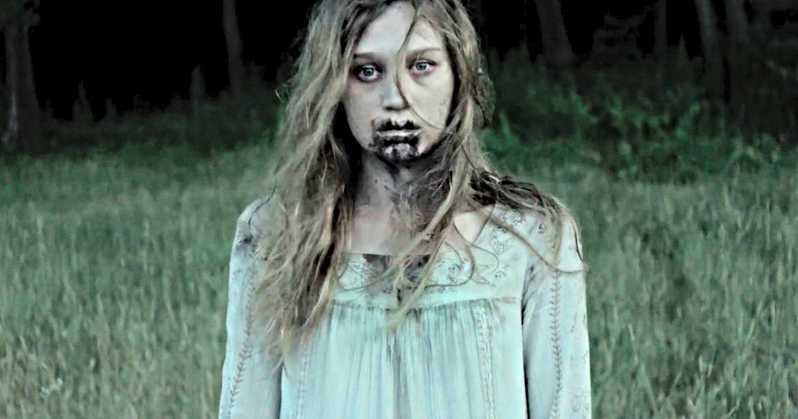
In some plot synopses I’ve seen for Slender Man, the main characters are out to prove that the titular being doesn’t exist. I’m not entirely sure that’s true, nor do I have any idea where that notion came from. That could very well be the plot, but I was too busy nodding off to catch that particular detail.
Slender Man, the film, is off-brand NiQuil: just enough diphenhydramine to ensure I’ll be tired all day, but not enough to knock me out so I can sleep off the ennui of a mild cold. It also tastes like shit, but its flavor is similar to that of foods you may have enjoyed in the past. It’s a tedious knock-off that’s so by-the-numbers that few people cared about its release’s proximity to the real-life Slender Man-inspired murder that occurred just four years earlier. I can’t really say it’s “too soon,” but the need for sensitivity resulted in heavy edits and a PG-13 rating. That dumbing-down really shows. It’s as if the editor got the news he wouldn’t be able to secure an R rating, and lazily chopped this into an entirely different film with no regard to continuity.
8) Truth or Dare

I don’t know how many times I’ve seen this film, and that’s because its release was less than a year removed from another movie named Truth or Dare with a nearly-identical plot. A bunch of idiot kids play truth or dare and accidentally become involved in the wicked games of a demon that has no intention of stopping until they’ve all died or suffered greatly. Both films are dumb enough to be almost enjoyable, but this year’s version of the story earns a special accolade for bizarre artistic choices.

Richard D. James, known as Aphex Twin in the music world, should probably be suing the creators of this film. His music videos have always been notorious for the creepy way he superimposes his own face onto the faces of various characters. When the Truth or Dare monster, or whatever, is actively driving the teenagers insane, everyone’s face turns into a carbon copy of Richard D. James, and I swear I laughed out loud every time it happened. That’s the only nice thing I can say about Truth or Dare.
7) Unfriended: Dark Web
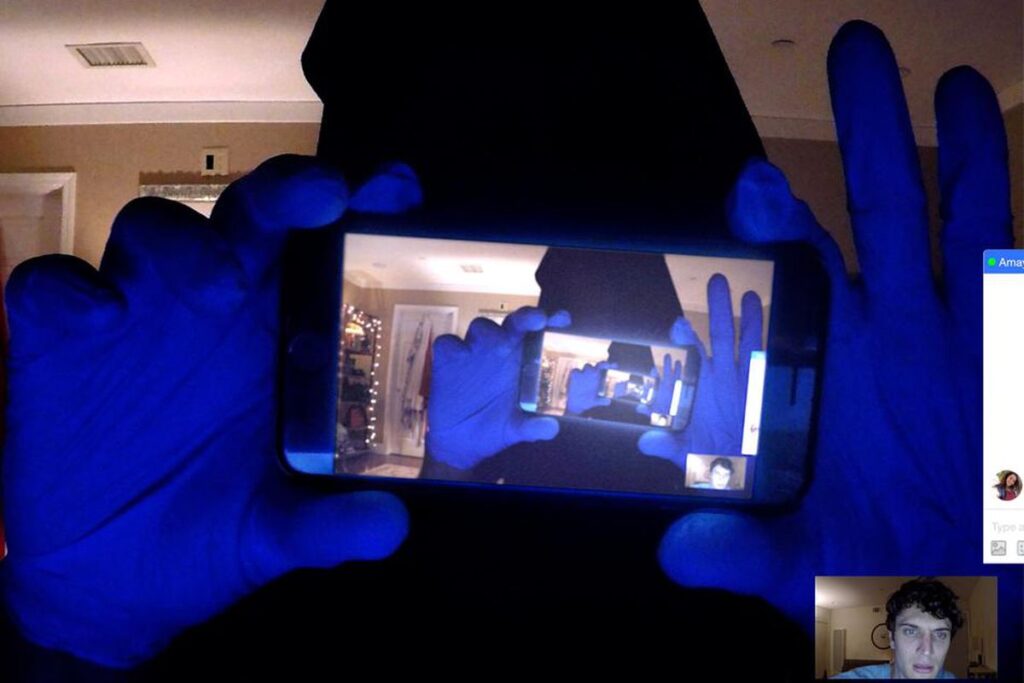
I really love the idea of this film. I thought the first Unfriended was slightly underrated, and that particular style of storytelling really intrigued me. Another film released this year, Searching, proved that desktop-stream storytelling can be incredible, and expect to see that one in my top ten. While a few of the same individuals were involved in both films, Unfriended: Dark Web doesn’t go very far to justify its existence, both as a sequel and a new entry in this micro-genre. It tediously meanders for a 92-minute run-time that feels almost three hours long. It’s a shame really, but with a few other compelling entries in this micro-genre dropping soon, Unfriended: Dark Web is just a long, boring trailer of things to come.
It also has nothing to do with the dark web.
6) A Wrinkle in Time
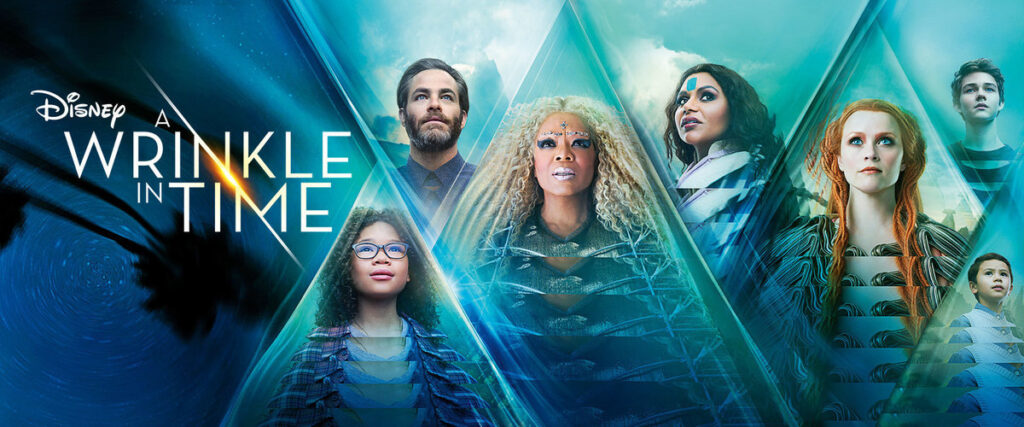
I can’t believe this only made my number six slot, because it’s probably the most insulting film on this list. I was a huge fan of Madeline L’Engle growing up, and while I loved the book A Wrinkle in Time, the other entries in the series intrigued me even more. I was in this movie’s corner from the beginning, and I wanted it to be successful, if only to open up the possibility of several sequels based on the other books. Specifically, I wanted a cinematic version of Many Waters, because I desperately want to see some poor director try to adapt a book about angels out to fuck underage children, who themselves are out to get it on with Noah’s daughters.
Director Ava DuVernay finally shows her true colors as an Oprah-worshipping diversity-hire, and while I thought Selma and 13th were boring, nothing could prepare me for the monumental failure that is A Wrinkle in Time. It gets so many parts of the book wrong “in spirit”, even though it mostly follows the events of the book. Mostly. DuVernay justified many of the changes in the adaptation process by claiming that she felt these changes were closer to the “spirit” of the book. That notion must have descended from an astral plane of bullshit, because DuVernay is clearly re-purposing the book to make the statements she wishes to make. That seems to be her overall shtick.
The novel is not about Meg Murray’s self-esteem issues. Yes, that’s certainly in the book, but it’s not her primary arc. Charles Wallace is also not an obnoxious brat. In the novel, he’s a brilliant child who rarely speaks and likely suffers from autism, but everyone around him assumes he’s an idiot. The movie instead uses him for some really odd attempts at comic relief, and his extroverted personality is so antithetical to book Charles Wallace that he’s essentially unrecognizable. It’s interesting, because the small deviations in character personalities are a part of what make this film feel so disconnected. We see the events depicted in the novel happening around completely different characters, and it’s jarring. These changes were never made to suit the adaptation – they were made to suit Duvernay’s agenda of creating a film with a protagonist that young African-American women could relate to. I don’t think she was even successful in that.
With all of that said, my least favorite part of A Wrinkle in Time is actually the supporting cast. The “Happy Medium” is played by Zach Galifianakis, and he’s another silly comic relief character. The same was true in the book, but the Happy Medium’s humor was less buffoonery than it was a bombardment of strange puns. The Man With Red Eyes is played by Michael Peña, a casting choice that would be completely neutral if he wasn’t turning those Michael Peña-isms up to 11. It doesn’t fit the character at all, and anything sinister is sabotaged by his low-brow humor.
The three women, Mrs. Which, Mrs. Who, and Mrs. Whatsit, are played by Oprah Winfrey, Mindy Kaling, and Reese Witherspoon, respectively. I can’t decide which of these portrayals I hate the most. Reese Witherspoon is just a huge asshole throughout the movie. Mindy Kaling does nothing but quote “famous figures” and then cite them. She quotes Buddha and Shakespeare, but then drops the lamest quote imaginable:
“You need to get up, get out and get something. How will you make it if you never even try? – OutKast, American”
If that sounds really out of place in an adaptation of A Wrinkle in Time, congratulations, your sanity and good taste are still intact.
In what was either an attempt to reflect her god-like status, or a prank intended to curse the children of the world with insane nightmares of The Oprahnator, Mrs. Which randomly becomes a giant. There’s an explanation, sure, but it’s a poor one. I suspect it was a change Oprah requested herself in order to establish dominance.
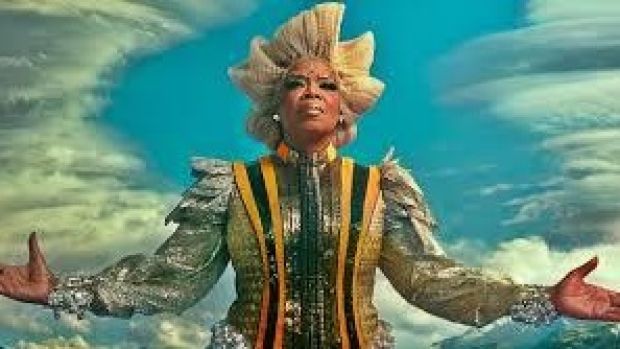
So this holiday season, remember children: be good, or Oprah Winfrey will whisk you away on a magical yet dangerous journey and then abandon you.
5) Every Day
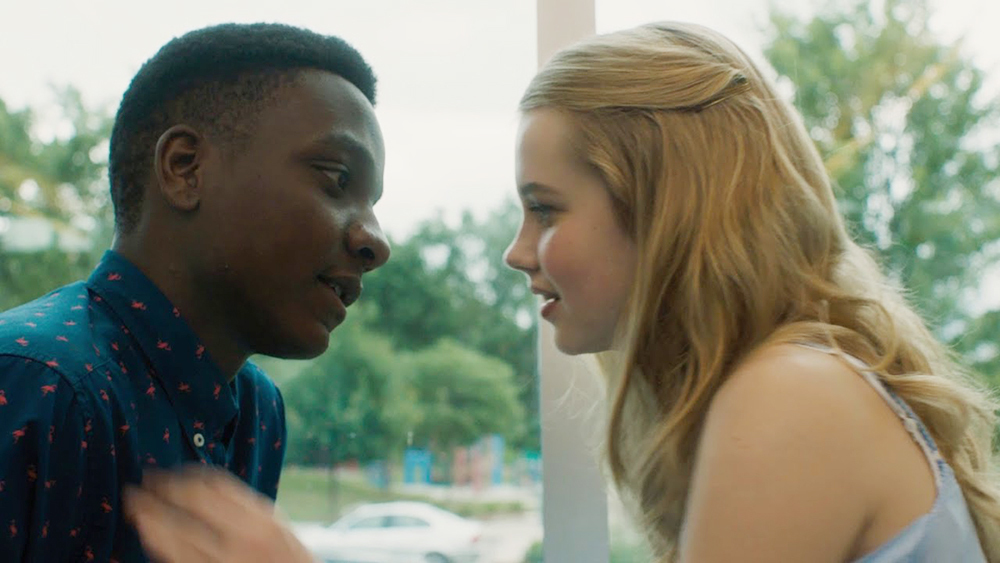
Every Day’s irresponsible premise pissed me off so much that I felt compelled to write a lengthy examination of the unfortunate implications found in modern young adult films. I’m not going to rehash that, but the film’s spot at number five is well-deserved.
Every morning, a being named “A” wakes up in a different person’s body. The possessed individual doesn’t remember much about it the next day, and for some reason, A only transfers to bodies in and around a specific area. Being a shitty metaphor for non-binary individuals must leave one excruciatingly horny, because A falls madly in love with a girl at their high school.
While pursuing this romance, A jumps from body to body. That’s all fine and dandy, until the couple wishes to take it to the next level. A’s abilities essentially allow them to force their vessel into submission so that A’s love interest can rape their vessel. By the end of the film, A has found a permanent vessel, one that their love interest can rape for the rest of A’s life. Aside from the extremely confusing pronouns used in that synopsis, does that not sound like the plot of a horror film?
Everything about Every Day is quite serious and quite irresponsible. It would be one thing if the rape aspect was entirely ignored in favor of telling a non-traditional fairy tale with one glaring premise-hole, but instead, they touch on this subject in a really half-ass way that adds little clarity, and only consider the ethical implications of their actions for a few brief sentences. It made me feel dirty.
4) The Cloverfield Paradox
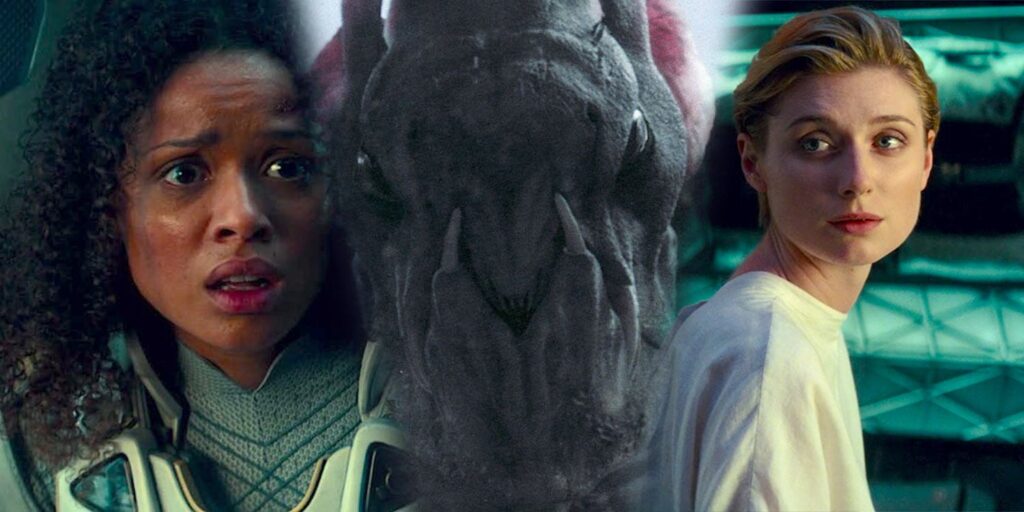
The previous two films on this list inspired an abnormal amount of vitriol, but as much as I hated them, The Cloverfield Paradox was even more disgusting due to a large-scale marketing maneuver. You may remember this movie from the Super Bowl commercials announcing its existence on Netflix. Immediately after the Super Bowl, audiences were able to see the film. It was a decent trailer I guess, but it resulted in thousands of disappointed viewers being exposed to a film they likely wouldn’t have thought to see if even a few critics had previewed it and written about it, because it was panned up and down before falling completely into obscurity. This marketing strategy is the VOD equivalent of a review embargo, with none of the controversy.
Prior to this stunt, there was almost no hype around The Cloverfield Paradox. 10 Cloverfield Lane was released two years prior to very positive reviews, and J. J. Abrams made it clear that the future of Cloverfield was to take old scripts and shoe-horn Cloverfield references into them. In the case of 10 Cloverfield Lane, that was based on a script for a film called The Cellar. The Cloverfield Paradox takes this a step further. It was based on The God Particle, which was already partially filmed when Abrams’ crew took over. As a result, you can clearly identify every scene that was filmed specifically to add Cloverfield aspects to the story. It was a massive editing nightmare.
Unfortunately, I can’t envision an alternate universe where The God Particle would have been a decent film regardless of Abrams’ re-purposing. The next time he rips off an old script, I hope it’s a competent one.
3) American Satan

American Satan is a weird metal-scene vanity project featuring the lead singer of Black Veil Brides and members of Asking Alexandria, which of course means its populated with non-actors. It’s a classic Faustian tale in which Johnny Faust (GET IT?) sells his soul to the devil (Malcolm McDowell) for fame and fortune.
I don’t really want to say too much about this film. It’s absolutely goddamn hilarious, and the less you know about it the better. I wouldn’t even include it on this list, but it’s so notably terrible in every technical department that I just had to.
2) A Tale of Two Coreys
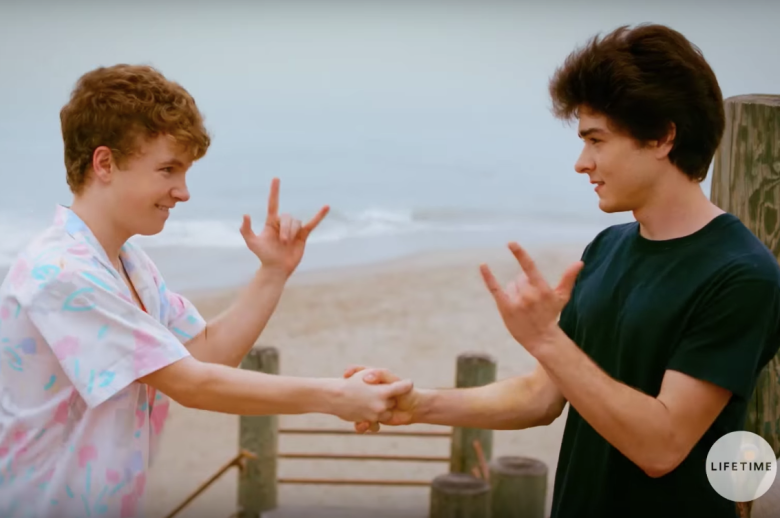
This is yet another one I’ve spoken about at length. It’s a TV movie designed to make Corey Feldman look really awesome, while portraying his friend Corey Haim as a manipulative drug addict. In reality, I’d assume the latter applies to both. Because of Feldman’s involvement, Michael Jackson is portrayed in a saintly manner, and there are so many little things that obviously point to Feldman’s vanity getting in the way of telling the story as it occurred. Feldman is using Corey Haim’s death to market a biopic about himself.
The titular Coreys both get molested a bunch, and do tons of drugs. For more hateful commentary about Corey Feldman, check out my review of the film by clicking on the title
1) How to Talk to Girls at Parties

It’s hard to explain why this one is by far my least favorite film of the year. I think part of it is simply the fact that it had a really great trailer that successfully deceived its audience into believing that SOMETHING about this movie might be fun. It looks so style-over-substance, like a polarizing film that could be tons of fun to watch. Nope.
There is nothing fun about this movie. It’s completely soul-less, and I don’t know anyone who would truly enjoy it. I’ve talked about quite a few technical failures in this list, but How to Talk to Girls at Parties is probably worse than the others in most areas. It’s a strong contender for worst film of the decade, barring Z-grade movies that never made it to a real theater. For a project with a real budget based on a short story written by Neil Gaiman, it’s astonishingly empty.
Enn, an obnoxious brat who hangs out with other obnoxious brats, meet a bunch of aliens. Enn falls in love with one of them, Zan. The aliens and “punks” eventually fight, leaving Enn and Zan in a half-baked Romeo and Juliet scenario, minus the suicide.

Oh yeah, Nicole Kidman is in this movie. She has big hair, acts as the leader of the punks, and has an accent so thick that I don’t even believe she understands the words that are coming out of her own mouth. She’s really wasted.
That’s really what this whole project feels like: a waste. It didn’t just leave me unhappy, it created a dark void in my soul that I’m still trying to fill with copious recreational drugs. It inspired a feeling of listlessness and apathy beyond description. It’s so bad that part of my sadness is derived from the pity I feel for the people involved in the production of the film. How to Talk to Girls at Parties was easily my most depressing viewing experience of 2018.